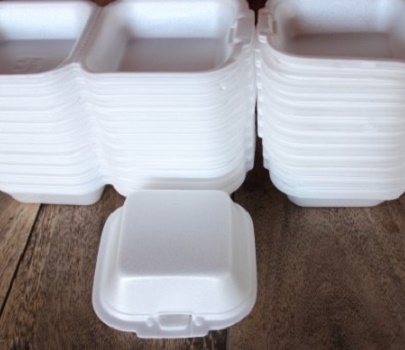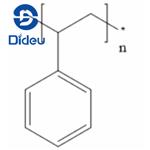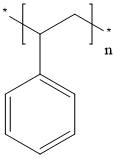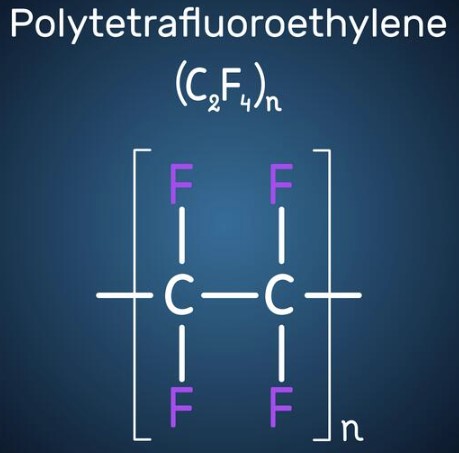The introduction of Polystyrene
Overview
Polystyrene is based on the monomer of styrene (i.e., phenylethene). Polystyrene [—CH(C6 H5 )—CH2 —]n is a light amorphous and atactic thermoplastic. The aromatic ring confers stiffness on the plastic and avoids chain displacement, which would render the plastic brittle. The material is not recommended for applications handling corrosive chemicals because its chemical resistance by comparison with other available thermoplastics is poor, and the material will stress crack in certain specific media. However, it has a high light transmission in the visible region, excellent moldability, rendering ease of fabrication, and a low cost of the material, so it will always be considered if the properties are adequate for use. Nevertheless, polystyrene is sensitive to UV irradiation (e.g., sunlight exposure), which gives the material a yellowish color, and the material's heat resistance is only 65°C. The plastic will be encountered as casings for equipment and in various electrical applications. Fittings for piping have been made from plastic, and many containers may be made of modified polystyrene. Joining can be achieved by solvent welding of the product to fabricate devices but restricts its use to waters and services not containing organic and inorganic chemicals.

Preparation method
Polystyrene is prepared industrially by three different polymerization processes:
(i) The suspension polymerization produces polymers of different molecular weights, and it can produce crystal polystyrene and high-impact grades;
(ii) the solution polymerization that can be either a batch or a continuous process yields the purest polystyrene grades while
(iii) bulk polymerization yields a high transparency and colorless polystyrene.
Classification
Polystyrene is available commercially in several grades: general purpose polystyrene (GPPS), medium impact (MIPS), high impact (HIPS) polystyrenes, and finally expandable polystyrene (EPS). Polystyrene is the third largest thermoplastic used today after PE and PP, with 20% of the market.
References
[1] Materials Handbook; DOI 10.1007/978-1-84628-669-8
You may like
See also
Lastest Price from Polystyrene manufacturers

US $0.00-0.00/kg2025-12-09
- CAS:
- 9003-53-6
- Min. Order:
- 1kg
- Purity:
- 98%
- Supply Ability:
- 1000kg

US $1.00/kg2025-04-21
- CAS:
- 9003-53-6
- Min. Order:
- 1kg
- Purity:
- 99%
- Supply Ability:
- 10 mt


